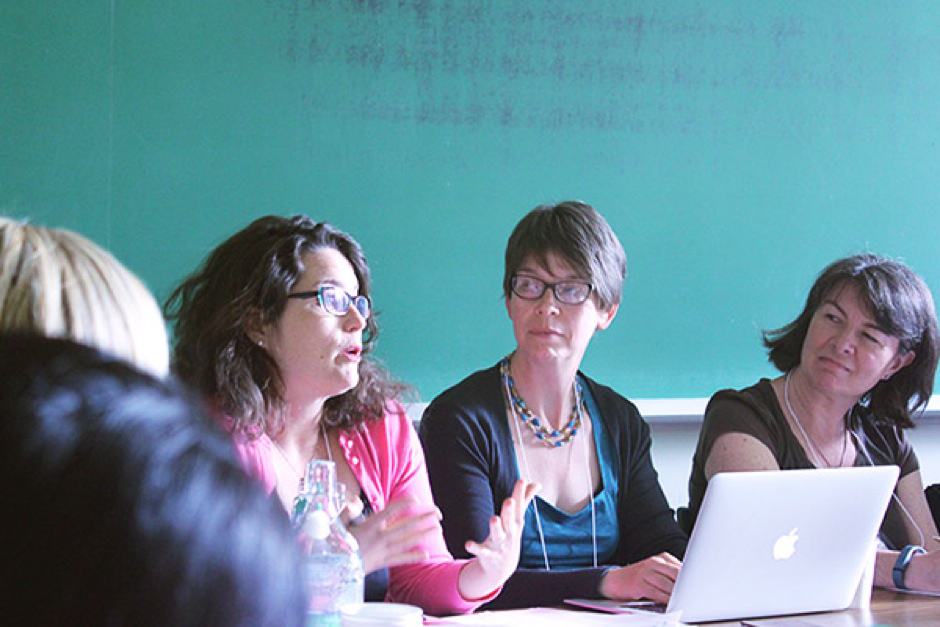From May 22 to May 25, the University of Toronto hosted the 16th Berkshire Conference on the History of Women (Big Berks) — the largest international conference on the history of women, gender, and sexuality.
As the largest international conference on the history of women, gender, and sexuality, the event brought together over 2,000 scholars, curators, teachers, librarians, students, community organizers, activists, and artists from around the world.
The theme of this year’s conference, “Histories on the Edge,” focused on marginalized groups. The program incorporated a variety of streams including war-displaced, immigrant, and migrating women, transgressive women, women and psychiatry, reproductive health, and LGBTQ histories.
Participants signed up for panels, workshops, tours, and film screenings held at various locations on campus, as well at the Art Gallery of Ontario
The Big Berks is held every three years and organized by members of the Berkshire Conference of Women Historians (Little Berks), an organization founded in 1930 to respond to the marginalization of women in the history professions.
Several U of T faculty members participated in the conference, including social historian Natalie Zemon Davis. In 1971, Davis worked with Jill Ker Conway to establish U of T’s first course on the history of women, HIS 348H “The History of Women.“ Two years later, Davis participated in the founding of the first Big Berks.
U of T offers one of the oldest programs in Women and Gender Studies in Canada.
Ursula Franklin, a renowned physicist and peace activist who taught at U of T for over 40 years, also participated in the program.
This year marked the first time the conference was held outside the United States. The conference featured a number of Canadian-themed panels, including a panel about African Canadian women, a roundtable on indigenous women in Toronto, and a number of sessions held in French.
According to Franca Iacovetta, president of the Berkshire Conference, the internationalization of the conference was intentional. “We worked pro-actively to place Indigenous, non-western, and global south histories at the centre of our program,” said Iacovetta.
Iacovetta also said that securing financial resources to fund the conference proved to be a challenge. However, she remained committed to offering a broad program. “I saw my role, not as that of imposing one intellectual vision, but of trying to create as open, egalitarian, and inclusive a space as possible, even in a limited university context,” she said.
In commemoration of the conference, Hart House mounted a history exhibit in the Great Hall about the struggle over the admission of women to Hart House in 1972. The exhibit, “Not Behaving like Ladies: An Anecdotal History of Women’s Participation at Hart House,” features interviews with 24 women who influenced, challenged, or participated in Hart House over the past half-century.
At the conference’s official welcoming ceremony, U of T president Meric Gertler spoke on the value of hosting the Big Berks. “Academic institutions have the potential, and some would argue, the moral imperative, to play a significant role in establishing sustainable and socially just societies,” he said, adding: “[The conference] also affords the university the chance to challenge, inspire, and engage a wider society.”
The next Big Berks conference will take place in 2017 at Hofstra University in New York.


